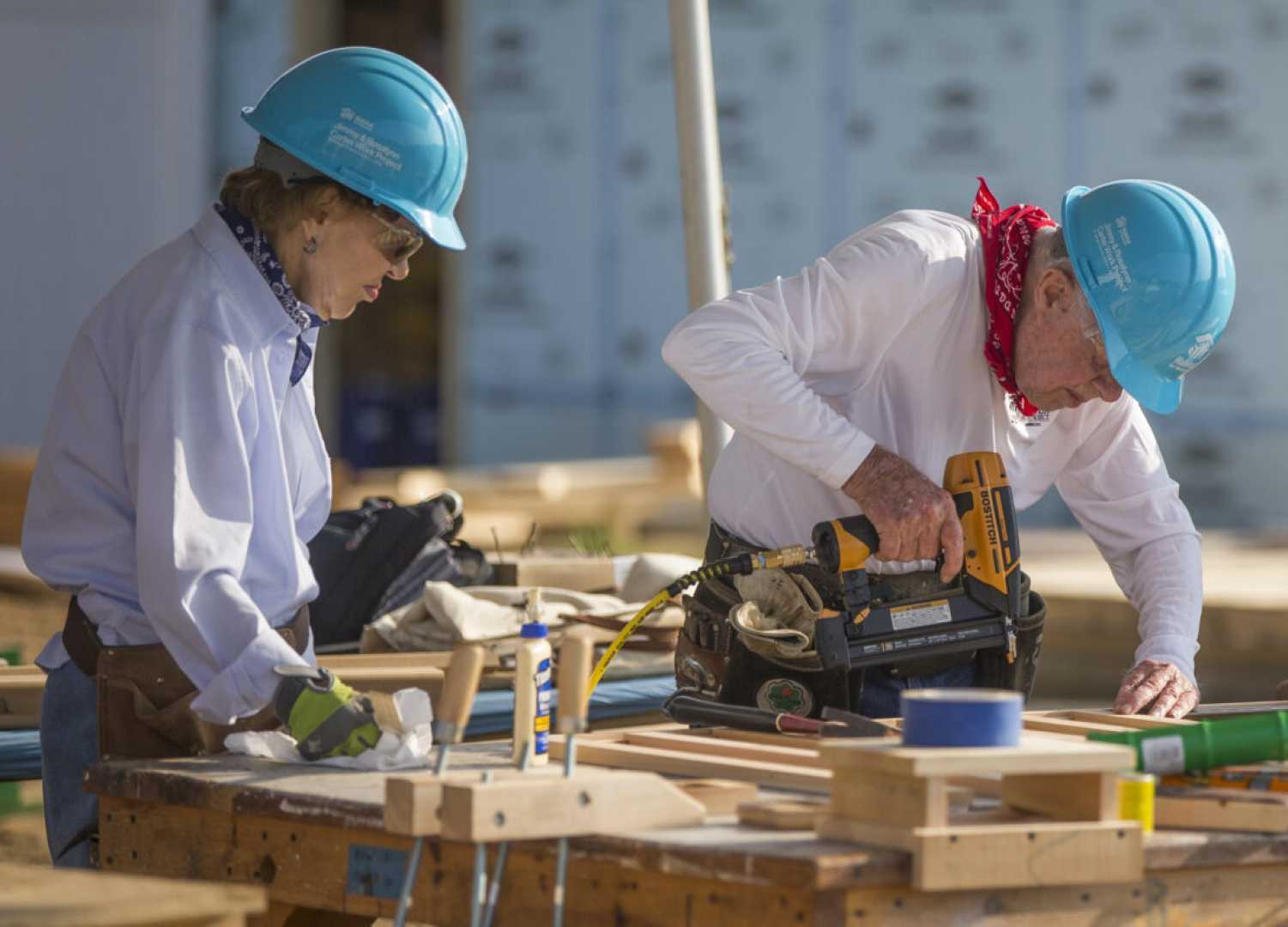Opinion
Jimmy Carter’s Legacy: A Complicated Path to the Carter Center

Former President Jimmy Carter, who died Dec. 29 at 100, left a global legacy of diplomacy and humanitarian work through the Carter Center. However, the construction of the Carter Center and its surrounding infrastructure in Atlanta remains a contentious chapter in local history, marked by the displacement of historic neighborhoods and lingering community grievances.
In the late 1980s and early 1990s, the state of Georgia‘s highway planning efforts led to the demolition of significant portions of Atlanta’s Old 4th Ward, Inman Park, Little Five Points, Poncey-Highland, and Candler Park. The proposed highway, often referred to by residents as “The Road,” sparked widespread opposition. The eventual selection of the site for the Carter Center, alongside a revised highway plan, further galvanized local resistance.
Jeremy Fletcher, a former resident of Candler Park and a student at Henry Grady High School, documented the destruction of these neighborhoods in a 1990 photo essay. “The road went straight through my childhood,” Fletcher recalled. “The path of flattened structures ran behind Mary Lin Elementary, where I attended school, and came within a block and a half of the house where I used to babysit Jon Ossoff, now a U.S. senator.”
Construction on the highway languished for over a decade, leaving behind kudzu-covered fields, half-built overpasses, and the remnants of demolished homes. Fletcher described one such structure near his father’s business, Design & Cabinetry, as resembling “Stonehenge.” These remnants were eventually absorbed into the Beltline Trail, a modern urban redevelopment project.
Compromises were eventually reached, leading to the construction of the Carter Center and Freedom Parkway. The landscaping of Freedom Park buried the last traces of the families and residences that once occupied the area. While the affected neighborhoods have since experienced revitalization, the scars of displacement remain.
Fletcher, now a band director and photographer in Teaneck, New Jersey, reflects on the complex legacy of the Carter Center. “Jimmy Carter spent much of his life helping people and followed his religious convictions, but even saints are human, and their decisions can have varied consequences,” he wrote. “The road to the Carter Center was paved with good intentions, but it left many feeling less than blessed.”












